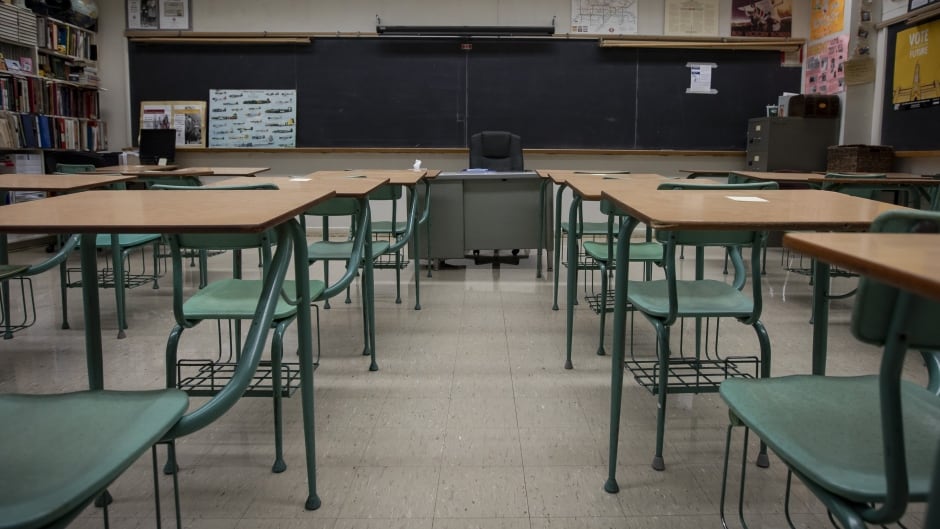
Not surprisingly, Six Nations students are faring much better in credit completion this year compared to the previous year, when the world was in the midst of the worst of pandemic restrictions.
Six Nations Elected Council heard from Grand Erie District School Board (GEDSB) representatives that the year 2020-2021 had a particular impact on Six Nations students, but this past year has seen a reuptake in credit completion.
In the first quadmester of this year, 71 per cent of Six Nations grade 12 students were on track to graduate by the end of the year, “which is phenomenal,” said Superintendent Kevin Graham.
Last year, one of the words that comes to mind is “fragmented,” said Graham. Students went back and forth between in-person and remote learning at least four times.
The continual upheaval of those transition periods affected students.
“We know that this has been a really difficult time for all of us,” he said.
In a normal year, transitioning from summer breaks and holidays is difficult to begin with, he added.
There were four transition periods in 2020-2021. Students started in person in September 2020, and by January 2021, they were in remote learning. In February, they shortly went back to in-person learning, and by April, students were back to remote learning for the remainder of the school year.
“It posed some issues for many of our students,” he said.
Well-being became the priority as students worked toward credit completion.
The number of Six Nations students attending GEDSB schools dropped after the pandemic, as well.
In June 2020, there were 475 Six Nations students at GEDSB schools.
Three months later, in September 2020, there were 445. By the end of June 2021, there were 436.
Other statistics for Six Nations students in 2020-2021:
-there were 66 graduates, four of them with gold honours (above 90 per cent average), four honours with distinction (above 80), and one honour roll.
-Mckinnon Park Secondary School in Caledonia hosted the largest number of Six Nations students, at 175, followed by Hagersville, at 132. Brantford Collegiate Institute had 58 Six Nations students, and the remaining students studied at various other area schools and vocational programs.
Six Nations students lag in credit accumulation to graduate. Statistics for last year showed that only 48 per cent of Six Nations grade nine students had achieved enough credits to graduate on track in four year; in grade 10, the number of students on track to graduate is 39 per cent. By grade 11, the percentage rises slightly to 42 per cent, and by grade 12, 60 per cent of Six Nations in that age group are on track to graduate by the end of the year.
But just because Six Nations students aren’t all graduating in four years doesn’t mean they’re not graduating.
“Another way to look at the date is to say some students may not necessarily graduate in four years, they may take five years,” said Robin Staats, principal leader of Indigenous Education and Equity with the GEDSB.
Ensuring higher graduation rates for Six Nations students is part of the focus in a 2021-2026 strategic plan for the board that focuses on a number of other goals for Indigenous students, including:
-promoting truth and reconciliation
-implementing the federal Truth and Reconciliation Commission’s Calls to Action on education
-promoting community engagement in GEDSB reconciliation activities
-developing Indigenous courses
-promoting Indigenous culture
Helping Indigenous students feel like they belong is also a major goal of their strategic plan.






